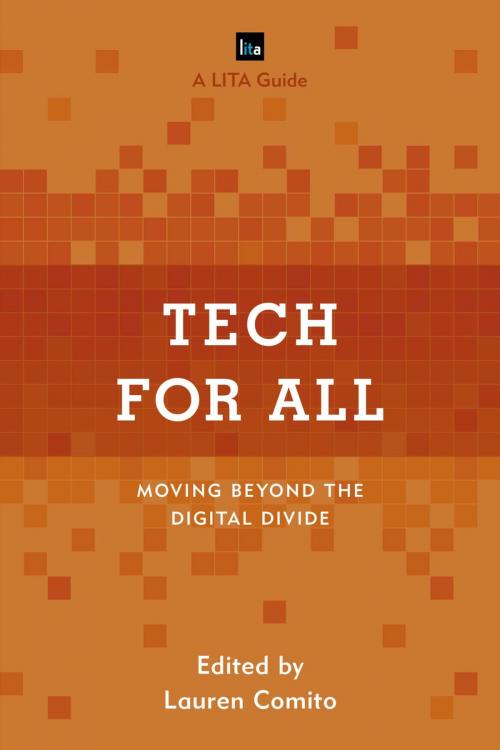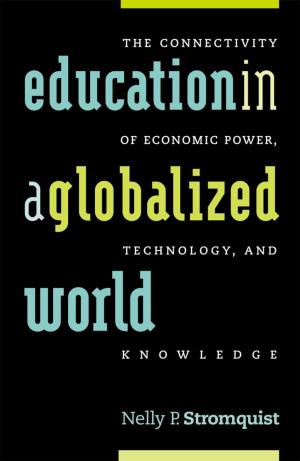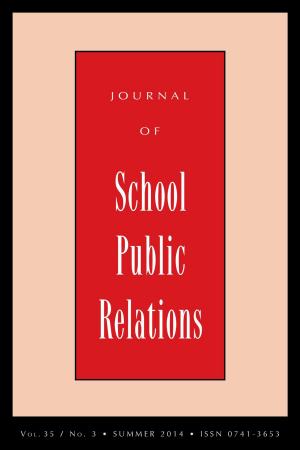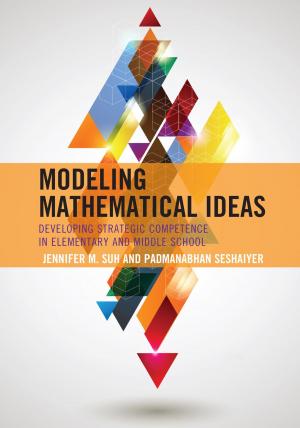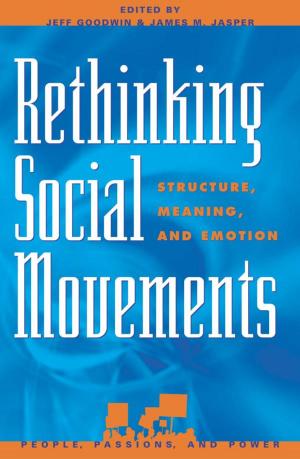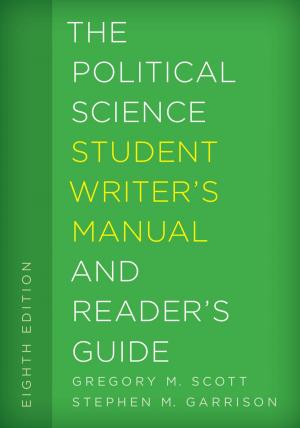Tech for All
Moving beyond the Digital Divide
Nonfiction, Reference & Language, Language Arts, Library & Information Services| Author: | ISBN: | 9781538122198 | |
| Publisher: | Rowman & Littlefield Publishers | Publication: | February 8, 2019 |
| Imprint: | Rowman & Littlefield Publishers | Language: | English |
| Author: | |
| ISBN: | 9781538122198 |
| Publisher: | Rowman & Littlefield Publishers |
| Publication: | February 8, 2019 |
| Imprint: | Rowman & Littlefield Publishers |
| Language: | English |
How can libraries ensure that patrons from all socio-economic and ethnic backgrounds have access to advanced technology training and hardware? Everyone knows libraries provide access to computers and the internet for day to day use, but many libraries have gone beyond those basic services. Makerspaces and advanced tech training are often not equitably distributed between differing communities. The digital divide is still very real, and by not providing equal access to maker spaces and other similar services libraries may be unintentionally contributing to that divide.
This book examines how the unequal distribution of resources between communities can limit access to emerging technologies. Chapters from librarians across the country give real world examples of libraries going the extra mile to bring more than just email access to their communities, regardless of economic status or geographic distribution.
You’ll find practical plans put forward by working professionals who have sought pragmatic solutions to issues of digital literacy. Access is a through line in this work as people look at the larger ideas of access as inclusive of training, diverse technologies, and the time and space to make genuine growth in tech literacy.
Chapters include:
- working with immigrants,
- low cost laptops for library use,
- deep dives into the underpinnings of the maker movement, and
- developing community-focused technology training.
After reading this book, librarians should have practical ideas to address the issue of equity in access to emerging technologies in their own communities.
How can libraries ensure that patrons from all socio-economic and ethnic backgrounds have access to advanced technology training and hardware? Everyone knows libraries provide access to computers and the internet for day to day use, but many libraries have gone beyond those basic services. Makerspaces and advanced tech training are often not equitably distributed between differing communities. The digital divide is still very real, and by not providing equal access to maker spaces and other similar services libraries may be unintentionally contributing to that divide.
This book examines how the unequal distribution of resources between communities can limit access to emerging technologies. Chapters from librarians across the country give real world examples of libraries going the extra mile to bring more than just email access to their communities, regardless of economic status or geographic distribution.
You’ll find practical plans put forward by working professionals who have sought pragmatic solutions to issues of digital literacy. Access is a through line in this work as people look at the larger ideas of access as inclusive of training, diverse technologies, and the time and space to make genuine growth in tech literacy.
Chapters include:
- working with immigrants,
- low cost laptops for library use,
- deep dives into the underpinnings of the maker movement, and
- developing community-focused technology training.
After reading this book, librarians should have practical ideas to address the issue of equity in access to emerging technologies in their own communities.
